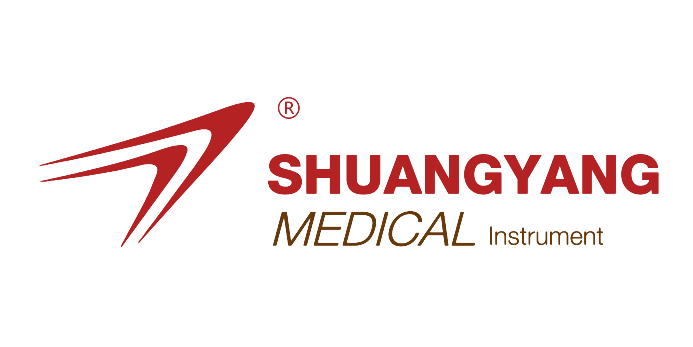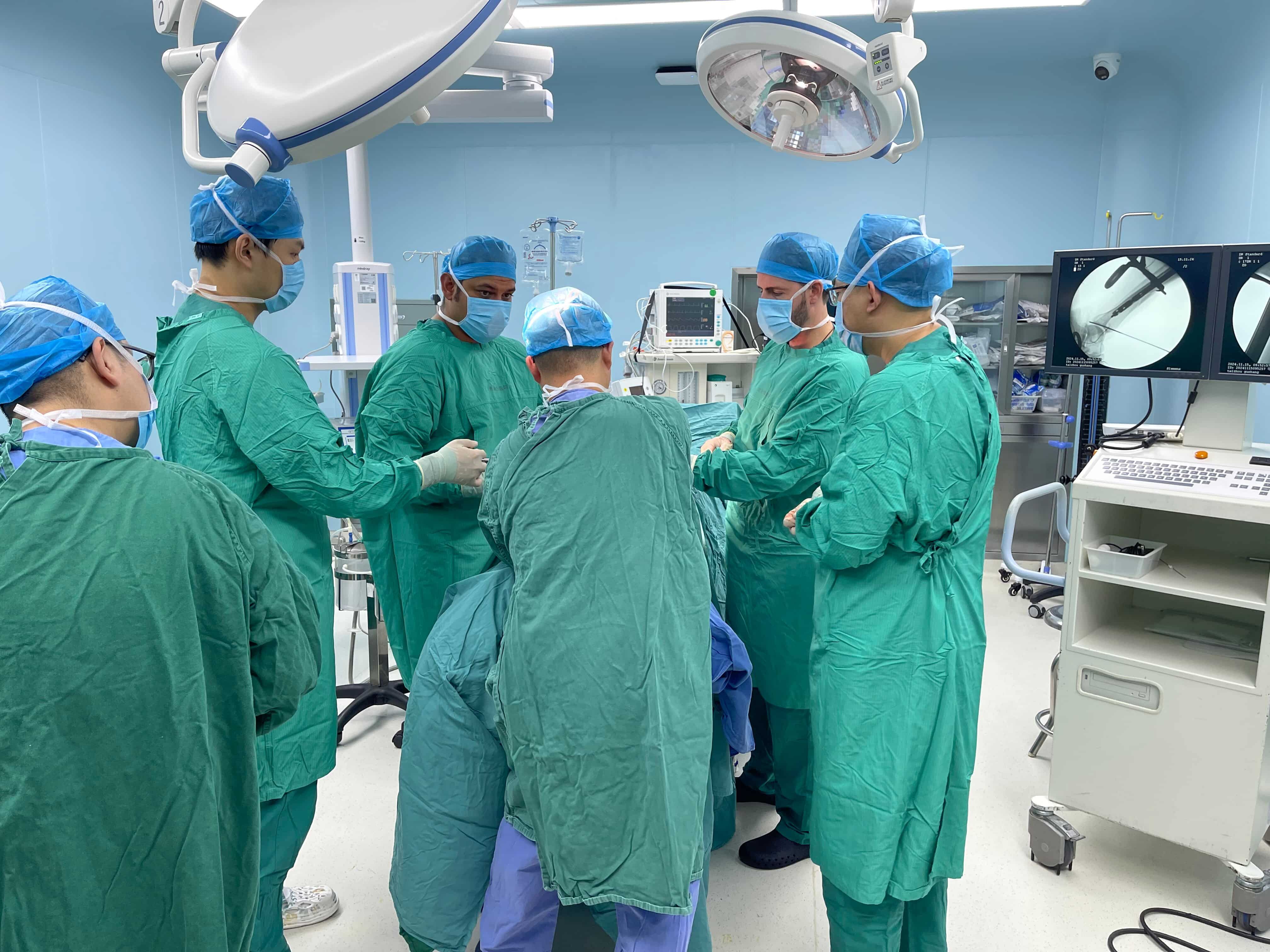Understanding Maxillofacial Screws and Their Role in Craniofacial Reconstruction
Maxillofacial screws are specialized hardware used prominently in craniofacial reconstruction, particularly for stabilizing bone segments after surgical interventions such as fractures and corrective surgeries.
These screws are typically small, sturdy, and vary in shape to accommodate different anatomical needs.
Their primary function is to provide rigid fixation of bone fragments, which is crucial for facilitating proper healing and restoring anatomical alignment.
Maxillofacial screws are indispensable in procedures correcting trauma-induced damage, congenital deformities, or other structural anomalies of the craniofacial skeleton.
Diverse materials are utilized in the manufacture of maxillofacial screws, each chosen for specific properties like strength, biocompatibility, and resorption characteristics.
Titanium is popular for its excellent biocompatibility, strength, and corrosion resistance, making it ideal for long-term stability in craniofacial plating systems.
Stainless steel is also used, though less frequently, due to its lower resistance to corrosion compared to titanium.
Resorbable materials, such as those derived from polymers, are another option, offering the advantage of being gradually assimilated by the body.
These materials reduce the need for screw removal after healing but may have lower immediate mechanical strength than metal counterparts.
Each material presents distinct implications for performance and biocompatibility, underscoring the importance of choosing the appropriate type based on the specific surgical context and patient needs.
Types of Maxillofacial Screws Used in Surgical Procedures
Maxillofacial screws come in various forms, each designed to address specific requirements in craniofacial surgery.
Standard screws are typically used to secure bone fragments during craniofacial surgeries.
They are crucial in maintaining the stability of the bone structure, ensuring proper alignment, and facilitating efficient healing.
Their straightforward design makes them a staple in procedures requiring robust fixation.
Self-tapping screws present an innovative design advantage by incorporating a self-drilling feature.
This feature allows for easier insertion, reducing the need to pre-drill holes and potentially minimizing surgery time and risk of bone damage.
These screws are especially beneficial in intricate surgical procedures where precision and efficiency are paramount.
Resorbable screws, composed of materials that the body can absorb over time, offer unique benefits, particularly in pediatric or delicate surgeries where repeated procedures for hardware removal are undesirable.
They support bone healing while minimizing long-term complications associated with permanent hardware.
This makes them an ideal choice for certain patient populations where biocompatibility and reduced surgical interventions are significant considerations.
In maxillofacial applications, the choice between these screws depends largely on the specific surgical demands and patient considerations, reflecting the importance of a tailored surgical approach.
Applications of Maxillofacial Screws in Craniofacial Reconstruction
Maxillofacial screws play a pivotal role in the fixation of fractured craniofacial structures, effectively stabilizing complex facial fractures.
In craniofacial reconstruction, screws are vital for securing bone fragments, ensuring proper alignment and stability post-surgery.
For example, titanium screws are regularly used due to their high biocompatibility and strength, enabling surgeons to stabilize multiple facial structures concurrently.
This is particularly critical in cases involving extensive trauma or congenital deformities, where effective stabilization aids in optimal healing and functionality.
In the realm of bone grafting procedures, maxillofacial screws serve as essential components that maintain the integrity and positioning of grafted materials.
Bone grafts are often fixed in place using these screws, which help to ensure precise alignment and prevent displacement.
The use of self-tapping screws, with their design enabling easier insertion, streamlines these procedures and reduces operative time.
This application is crucial in reconstructive surgeries that aim to restore structural integrity and function to damaged craniofacial regions.
Long-term outcomes of using maxillofacial screws indicate significant impacts on patient recovery and surgical success rates.
Clinical studies have demonstrated that the strategic use of these screws can lead to favorable patient outcomes, with improved recovery timelines and reduced incidence of complications.
For instance, a study in the Journal of Oral and Maxillofacial Surgery highlighted the low complication rates and high success in cases where resorbable screws were utilized.
These screws gradually dissolve, minimizing the need for secondary surgeries to remove metal hardware, thereby enhancing postoperative recovery and patient comfort.
Advantages of Using Maxillofacial Screws for Craniofacial Reconstruction
The use of maxillofacial screws in craniofacial reconstruction offers enhanced stability and support.
These screws facilitate the secure fixation of fractured craniofacial structures, ensuring the reconstructed segments remain in alignment during healing.
This stability is crucial, especially in areas subjected to complex mechanical stresses, where maintaining the intricate anatomical detail of the facial structure is paramount.
Maxillofacial screws also contribute to significant reductions in overall surgical time.
Their ease of application allows surgeons to efficiently position and fixate the screws, thereby minimizing the duration of the procedure.
This efficiency not only benefits the patients through reduced time under anesthesia but also enhances the workflow within surgical environments.
Furthermore, the use of these screws minimizes the risk of complications, contingent largely on the selection of appropriate materials.
Choosing biocompatible and dimensionally stable materials for screws can substantially improve healing outcomes and enhance patient safety.
Studies indicate that well-selected maxillofacial screws can reduce postoperative complications, facilitating quicker and more effective recoveries.
Challenges in the Use of Maxillofacial Screws
The use of maxillofacial screws in craniofacial reconstruction is not without challenges, primarily due to infection risks associated with foreign materials in surgical procedures.
According to a systematic review, complications such as infections occur in about 18% of cases involving alloplastic materials like PEEK implants.
Recognizing the infection rates with maxillofacial screws—similar to those of other implants—emphasizes the need for rigorous sterilization and postoperative care (Source: Example Source).
Material failure and biocompatibility issues also present significant challenges.
The choice of material for maxillofacial screws must consider patient-specific factors, including potential allergies and the body's reaction.
Polyetheretherketone (PEEK) implants, for instance, are noted for their durability but have poor bioreactivity, potentially leading to fibrous encasement rather than integration with the host tissue (Source: Reference Content).
Furthermore, applying maxillofacial screws requires significant technical expertise and specialized training.
Surgeons must be proficient in using these screws to avoid complications effectively.
This underscores the importance of comprehensive training programs and continuing education for surgical professionals to ensure the optimal application of maxillofacial screws, minimizing risks and enhancing patient outcomes.
The Future of Maxillofacial Screws in Craniofacial Surgery
Advancements in screw design are pivotal in shaping the future of maxillofacial surgeries.
Recent innovations have seen enhancements in the geometry and surface treatments of screws, which are geared toward improving surgical outcomes.
These advancements aim to increase the stability and effectiveness of screws in bone fixation, thereby reducing complications and improving patient recovery times.
Emerging materials and technologies are at the forefront of improving maxillofacial screw performance.
Bioactive coatings are being developed to encourage better adhesion and integration with bone, addressing the challenge of maxillofacial screws' biocompatibility.
Moreover, smart materials capable of responding to physiological conditions are being explored, potentially paving the way for more responsive and adaptive bone healing processes.
Customization of screws through 3D printing technology offers a promising future for craniofacial surgeries.
This technology allows the production of screws explicitly tailored to a patient's unique anatomy, ensuring a perfect fit and enhanced surgical precision.
Such customization not only optimizes the surgical process but also significantly improves post-operative results, offering hope for more personalized and effective patient care.
FAQ
What are maxillofacial screws used for?
Maxillofacial screws are used in craniofacial reconstruction to stabilize bone segments after surgeries like fractures and corrective surgeries. They ensure proper healing and anatomical alignment.
What materials are maxillofacial screws made of?
Maxillofacial screws are made from materials like titanium, stainless steel, and resorbable polymers. Each material is chosen for its properties like strength, biocompatibility, and resorption characteristics.
What are the advantages of using resorbable screws?
Resorbable screws are advantageous in pediatric or delicate surgeries as they are absorbed by the body, eliminating the need for surgical removal and minimizing long-term complications.
Why are titanium maxillofacial screws preferred?
Titanium screws are preferred for their high biocompatibility, strength, and corrosion resistance, making them ideal for long-term stability in craniofacial reconstruction.
What is the future of maxillofacial screws?
The future involves advancements in screw design, materials, and customization through 3D printing, aiming to improve surgical outcomes and patient recovery times.
Table of Contents
- Understanding Maxillofacial Screws and Their Role in Craniofacial Reconstruction
- Types of Maxillofacial Screws Used in Surgical Procedures
- Applications of Maxillofacial Screws in Craniofacial Reconstruction
- Advantages of Using Maxillofacial Screws for Craniofacial Reconstruction
- Challenges in the Use of Maxillofacial Screws
- The Future of Maxillofacial Screws in Craniofacial Surgery
- FAQ
 EN
EN
 FR
FR
 ES
ES
 AR
AR

